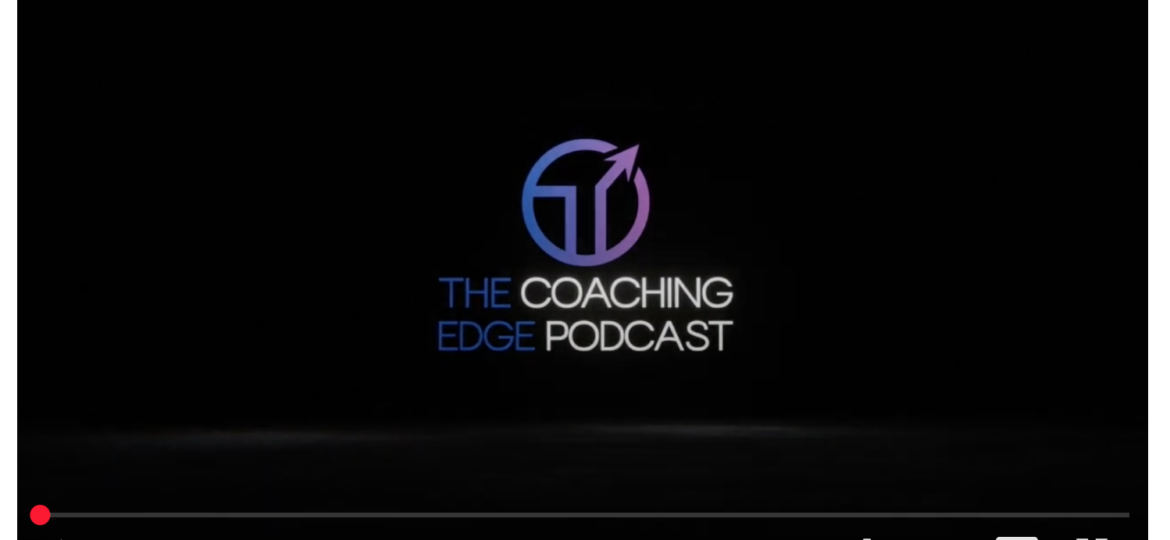
From Debt to Degree: Reframing the Early Years
Suzi didn’t follow a straight line into coaching—there wasn’t one. After leaving teaching with a master’s in education and six months of runway, she conducted 150 informational interviews that led to her first coaching engagements. When that initial project ended, she was $10,000 in credit card debt and facing a choice. A pivotal coaching conversation reframed the “loss” as tuition: if she’d paid $30–40k for a degree over several years, what had she learned in one? That reframe catalyzed a new path—she would master not just coaching, but the full stack of entrepreneurship: marketing, sales, systems, and client retention.
Hope Is Not a Strategy
Many coaches love helping people but struggle with commercial rigor. Suzi’s stance is crisp: “Hope is not a business development strategy.” Waiting for referrals isn’t a plan. Your market won’t find you unless you intentionally place yourself where your clients are, build visibility, and take constant, consistent action. The world moves; technology shifts; markets pivot. Your business must, too.
Practice vs. Business: Who You Serve Matters
Suzi draws a useful distinction. If your primary clients are individuals seeking life coaching, you may operate more like a practice. If you serve executives and leaders inside organizational systems like she does, you are unequivocally running a business—one that demands fluency in enterprise dynamics, protocols, and politics. Either way, clarity about who you serve and what outcomes you create is critical.
The “Hats Method”: Role Clarity for Focus and Time
One of Suzi’s most practical tools is the hats method. Every leader (and solopreneur) wears multiple hats: coach, CEO, CFO, head of sales, marketer, content creator—sometimes even “janitor.” Identify your finite set (she rarely sees more than ~12), then allocate time and energy accordingly. Not every hat is equal in value today. If revenue is light, your sales hat probably needs more calendar dominance than your content hat. This lens helps transform scattered activity into strategic action.
AI’s Promise—and Its Limits
The conversation dives into AI with nuance. Suzi places herself in the middle of the spectrum: enthusiastic about AI as a research assistant and accelerant, yet cautious about overreach, hallucinations, and misplaced trust. She’s seen AI fabricate timelines and citations with confident polish; she’s also developed smart prompts (e.g., asking the system how to improve her prompt) to get better results.
Her definition of AI’s ceiling is memorable: AI offers cognitive empathy—it can model understanding and mirror language—but it lacks heart and soul. Coaching’s irreplaceable value lives in presence, energy, and a felt sense of connection that unlocks awareness and change. That “magic” isn’t programmable.
Guardrails for Coaches Exploring AI
- Define outcomes first. Start with the result you owe your client or business; choose tools that serve that outcome.
- Budget the rabbit holes. Allocate discrete blocks for experimentation so “play” doesn’t cannibalize selling or delivery.
- Fact-check everything. Treat AI-generated sources and summaries as drafts; verify before you publish or present.
- Codify prompts and processes. Capture what works so you’re not reinventing with each use.
- Keep the human center. Use AI to multiply your presence—not replace it.
Presence as a Differentiator
Co-host Steve Jeffs shares the experience of losing a beloved dog and the profound quiet of being-with. Suzi names it: presence. In coaching, presence is a relational field where insight emerges. It is the difference between smart conversation and transformational work. Technology can simulate responsiveness; it cannot be with a client in the way a master coach can.
Professional Integrity: Coaches Need Coaches
Suzi is direct: if you sell coaching but don’t engage a coach yourself, there’s an integrity gap. The work demands that we continually surface blind spots, test assumptions, and grow. If coaching expands leaders’ possibilities, shouldn’t coaches model that commitment?
What Endures—and What’s New
Some fundamentals haven’t changed: client results, consistent action, strategic positioning, and relationship-led business development. What’s new is the pace of change (AI, hybrid work, geopolitical complexity) and the leadership challenges these shifts create. That context is fertile ground for coaches—if we operate as true business owners and keep our work anchored in outcomes.
Take This With You
For Coaches: If you remember one thing from Suzi Pomerantz, make it this: run your coaching like a business aimed at results. Map your hats. Choose deliberate actions over hope. Embrace tools (including AI) without outsourcing your value. And keep cultivating the human presence that no algorithm can replicate.
For Executives and Leaders: If you lead a $2B organization and rely on hope as your execution or growth plan, you’ve already ceded control. Every CEO I coach wears too many hats. The problem isn’t the hats — it’s the lack of clarity about which one drives value today. Presence is the rarest executive skill in a world of pings and pressure to pivot… your presence as a leader is critical in these times of chaos. AI can provide cognitive empathy; only humans can generate real empathy. Curious what blind spots might be missing as a leader? Hire a coach!
If you’re a CEO navigating growth or transition, explore how executive coaching can help you optimize results and lead strategically. For more about Suzi’s work, find her also at InnovativeLeader.com.

